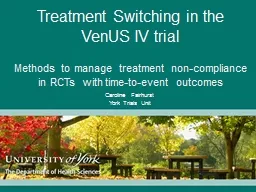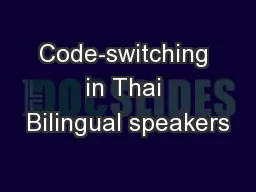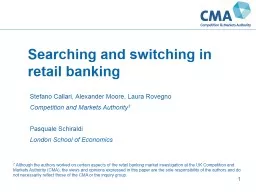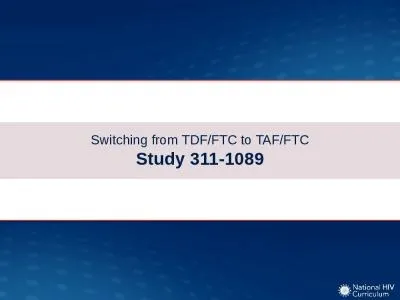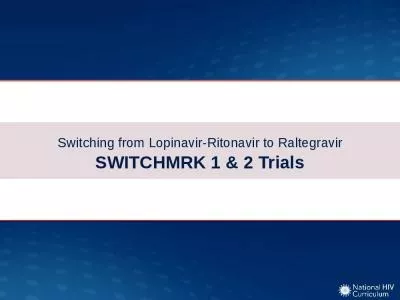PPT-Treatment Switching in the
Author : alexa-scheidler | Published Date : 2019-11-20
Treatment Switching in the VenUS IV trial Methods to manage treatment noncompliance in RCTs with timetoevent outcomes Caroline Fairhurst York Trials Unit Context
Presentation Embed Code
Download Presentation
Download Presentation The PPT/PDF document "Treatment Switching in the" is the property of its rightful owner. Permission is granted to download and print the materials on this website for personal, non-commercial use only, and to display it on your personal computer provided you do not modify the materials and that you retain all copyright notices contained in the materials. By downloading content from our website, you accept the terms of this agreement.
Treatment Switching in the: Transcript
Download Rules Of Document
"Treatment Switching in the"The content belongs to its owner. You may download and print it for personal use, without modification, and keep all copyright notices. By downloading, you agree to these terms.
Related Documents

